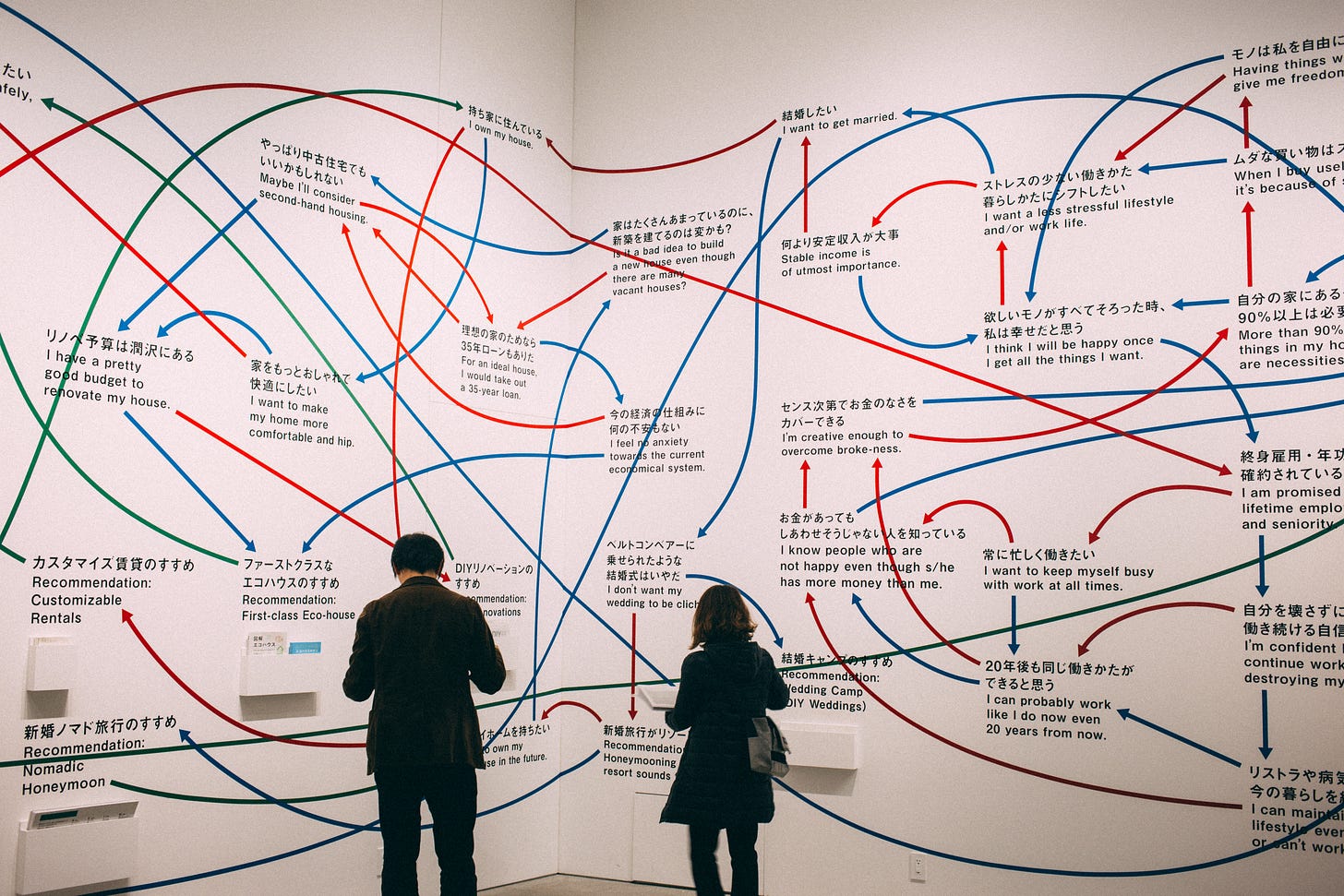Priority Zone Is Another Name for Intentional Community
Maine's HP1489 acknowledges that when the default municipal zone is unregulated short-term rentals, every other cultural purpose has to be defined as an intentional community.

I was born into that rare moment in history when the greatest amount of wealth was distributed among the greatest number of people. Generations raised after the seventies have no memories of that time.
Even in the 1950’s the enterprise that my parents created was very different from the way of the world around us. While growing up on a farm in Iowa and reading Scientific America, Dad discovered what was, in my father’s day, an emerging new field called Industrial Design.
Industrial Design can mean designing for industry, or it can mean, as Dad interpreted it “designing an industry” from the raw materials to the finished product to the marketing of the finished product, Dad redesigned an industry and my parents operated it from our home. They owned their own, using as their investment funds, the sale of a Levittown styled house that Dad was able to purchase as a veteran and a small business loan.
CREATE CUSHION”! Flash Fundraiser! - Take 25% off on A…
Keep reading with a 7-day free trial
Subscribe to Mackenzie Andersen's The Individual vs The Empire! to keep reading this post and get 7 days of free access to the full post archives.

